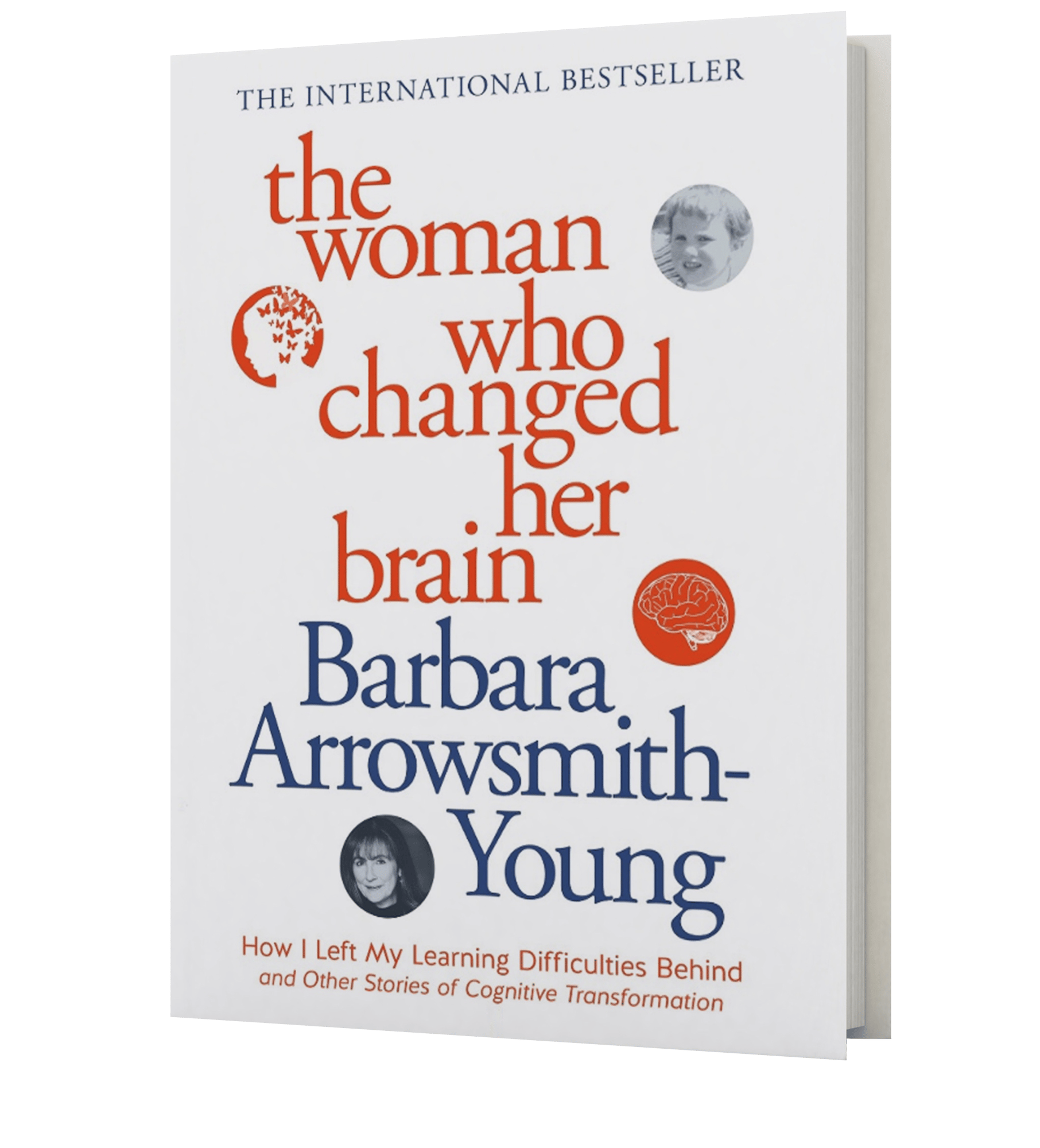Body language, tone of voice, and facial expressions form up to 90% of our communication. So what is the impact of a weakness in the cognitive function whose very job is to perceive and interpret non-verbal information?


Located in the right hemisphere in our prefrontal cortex, a deficit in the Non-Verbal Thinking cognitive function can often lead to a diagnosis of a non-verbal learning disability.
The impact can be significant: leading to social conflict and poor interpersonal and self-advocacy skills. Social issues are caused by an underlying struggle to understand one’s own emotions as well as others, to know how to modify behaviour depending on the surrounding people and situation or learn from non-verbal cues.
People can be misdiagnosed, misunderstood, and often develop a reputation as rude, arrogant, shy, or anti-social.
Take our 30-minute cognitive profile questionnaire to start the journey into understanding your brain's strengths and weaknesses through a cognitive lens.
The Arrowsmith Cognitive Assessment, administered by an Arrowsmith trained professional, will provide you with an in-depth insight into your unique cognitive profile.

In fact, most individuals with NLD (Non-Verbal Learning Disability) experience anxiety due to an inability to meaningfully understand and connect with parents, teachers, peers and spouses.
Some are able to ‘hide’ their misunderstanding – some can be charming and even precocious with language skills. But at some point, the complex tapestry of social navigation becomes too much to bear.
Adolescence can be an incredibly painful time of social isolation or misbehaviour. In adulthood missing or misinterpreting cues means trouble setting priorities or communicating with potential employers or mates. The world can feel like a minefield.
Other cognitive functions may be part of an NLD diagnosis, including struggles to navigate physical space, have a sense of one’s own body in that space, even having a sense of how things operate or are sequenced.
Poor coordination; seen as “clumsy” or always “getting in the way”
Always asking questions, to the point of being repetitive or interrupting the regular flow of conversation
Needing to verbally “label” information in order to understand it
Visual-spatial difficulties (navigating in space, visualization of images, determining one’s location of body in space)
“Naïve” or overly-trusting
Impulsive – acting without taking all the details of a situation into account
Difficulty coping with change
Difficulty seeing the “big picture” or the “forest for the trees”
Some of the most transformative experiences come with a stronger Non-Verbal Thinking capacity. Relationships deepen, mental health flourishes, and the ability to navigate complex social worlds becomes possible.
Contact Arrowsmith if you or someone you know could benefit from stronger sense of communication and common sense.

You can find more information on this topic in Chapter 11, Leap Before You Look, of Barbara Arrowsmith-Young’s, The Woman Who Changed Her Brain.
Once a pinball of energy, Jessica is in control now. She is captain of her university basketball team and skillfully mediates team conflicts. Once a scattered little girl, my daughter now has emotional intelligence, focus, and discipline in spades.
I have noticed my ability to empathize and use emotional intelligence has increased.
My son is more aware of his emotions during social situations. He is better able to connect his emotions to things happening around him socially and he can better express his feelings AND communicate how his emotions are connected to social situations. He is now able to work through positive solutions to social problems whereas before he would get stuck. This is huge!